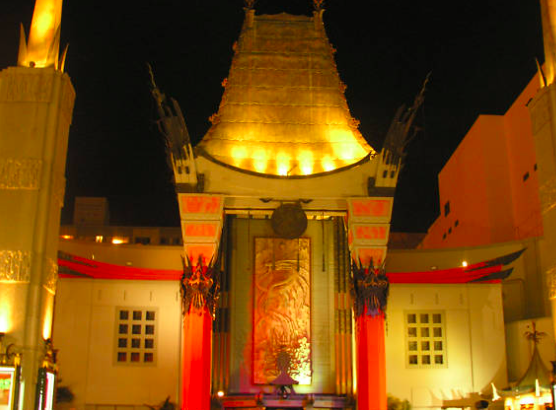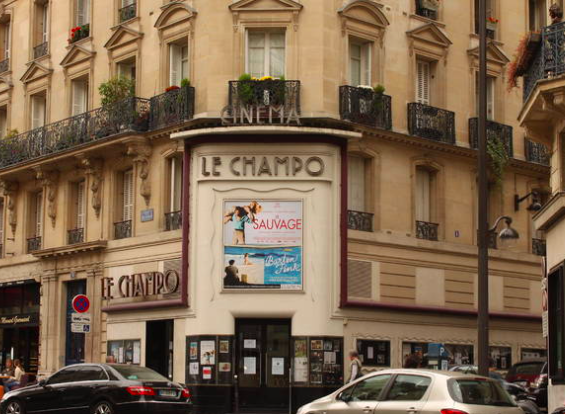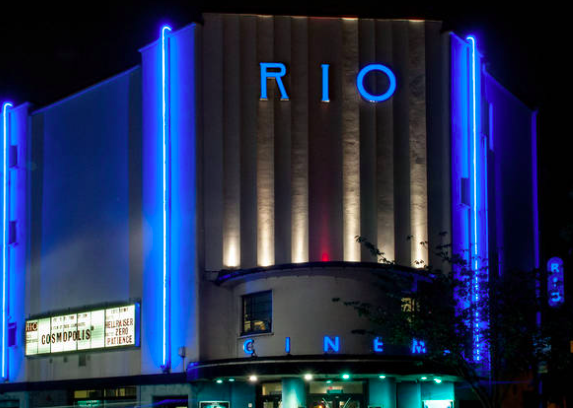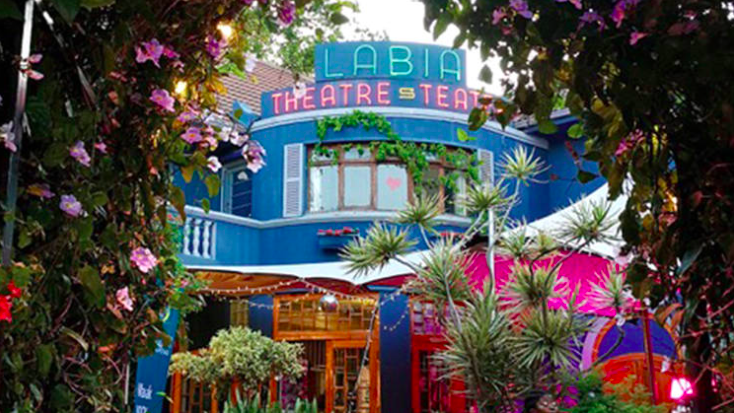The Labia Theatre has been recognised as one of the most beautiful cinemas in the world, according to London’s Time Out Magazine.
The quirky gem situated on Orange Street in Gardens, sits in a treasure chest with some cinematic icons, like the TCL Chinese Theatre in LA, one of the most famous cinemas in the world, Le Champo the epitome of Parisian romanticism and Rio Cinema, the futuristic musings of FE Bromige in London.



Yes, our Cape Town champion of the alternative viewer is classed as part of “Planet Earth’s most heavenly picture palaces and movie houses.”
“Nestled beneath Table Mountain is this quirky gem. South Africa’s oldest indie cinema, it prides itself on marrying modern tech with an olde-worlde charm a world away from the gleaming modern multiplex. Cinemagoers purchase their tickets from an ornate ticketing booth (or online – it’s not that olde-worlde) and the faded grandeur of this old Italian Embassy ballroom lingers on in its three opulent-feeling screens,” writes the publication.
In recent times, the publication further tells, “the likes of John Cleese, Werner Herzog, Matt Damon and Salma Hayek have popped by for a movie and a mooch on its garden terrace.”
However, The Labia is far more than a pretty face, with a very interesting history to accompany Her looks.
Tales of The Labia Theatre
The Labia itself offers an experience of a bygone era. There was a bar that would serve you alcoholic beverages to take into the cinema, and as Rebecca Davis once wrote, “most of the staff have been clipping tickets and loading up projection reels here for well over two decades.”
In the lobby of the theatre is a plaque that reads: “This theatre was opened by H.H. Princess Labia on Monday 16th May 1949.”
According to Davis “the Labia’s premises started life as a ballroom for what was once the Italian embassy next door, bearing the sign of Romulus and Remus, founders of Rome and Benito Mussolini’s hallmark.”
However, Ludi Kraus (owner) expressed the tale as “quite a sketchy history. I’m not quite sure whether everything is factual.”
“What is beyond doubt, Davis continues is ” that the building was converted into a theatre by Italian aristocrats the Labia family, and declared open as a place for the performing arts by Princess Labia in May 1949.”
Who were the Labia family?
The Labia family came to South Africa in 1917 when Count Natale Labia, who was later bestowed with the title of prince, was dispatched here by the Mussolini regime, according to the Daily Maverick.
Natale married Ida Robinson, the daughter of Randlord Sir JB Robinson.
The couple also went on to build a home that would become a national monument, namely the 20-room Casa Labia on Muizenberg Main Road.
Princess Labia
“Since then [The Labia] has stood its ground against developers, suburban emigration, mall culture and the curse of home video, scourges that sent most, if not all, of its contemporaries to an early grave,” said Morphet.
The Ludi Kraus Era
Ludi Kraus went on to take ownership of the Labia in 1989 after a two-year negotiation, however, despite its popularity, it was not necessarily well maintained as Kraus once noted to Morphet.
“The sound system was hanging by a thread, but I think, ultimately, I fell in love with the neon sign,” Kraus expressed.
Over time, Kraus added three more screens – it now boasts a 176 seater, a 100 seater, a 65 seater and an intimate 50 seater.
In 2014, the cinema went digital, which was largely thanks to a crowdfunding startup, Thundafund and a Digital Gold Fund.
“New digital projectors and sound systems, refurbished seats, an outdoor tent and seating, even an entrance arch covered in roses followed,” says Don Pinnock.
The Labia was back and better than ever, and then the pandemic happened. However, The Labia showed resilience and announced an online movie service.
They opened again in August 2020, and have continued to persist through the trials and tribulations of life during a pandemic.
However, once again due to adjusted level 4 restrictions, the Labia has had to temporarily close its doors. If anything, the beauty and the history of our gem classed as a global best should encourage us all more so than ever to support this theatre wherever we can.
Picture: The Labia Theatre

